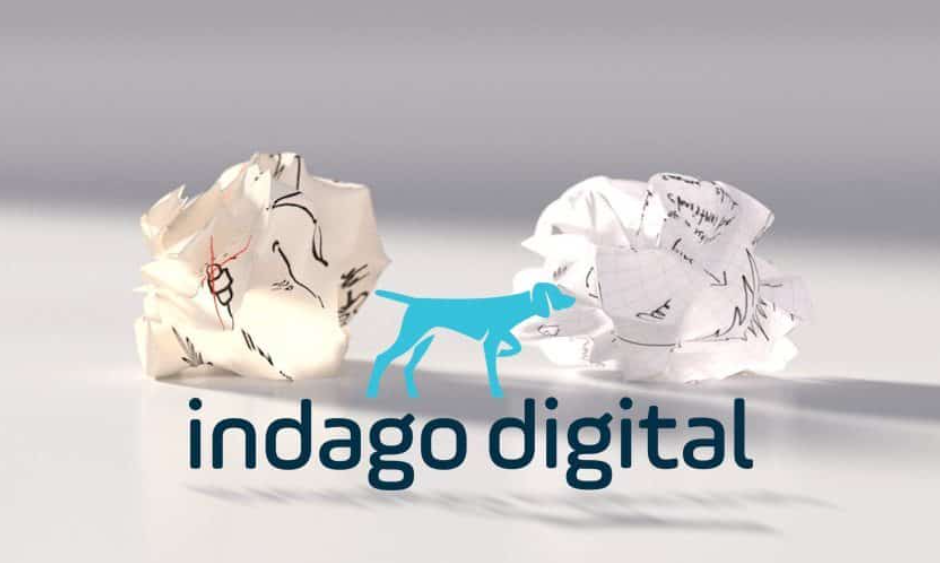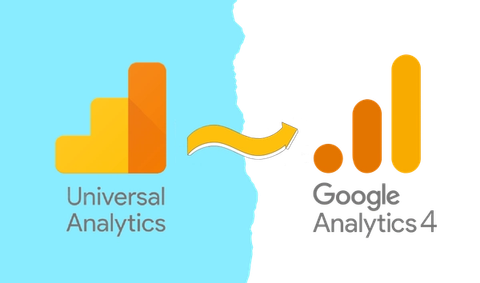Having worked in the paid media industry for a couple of years, I have created, received and witnessed many handover notes.
Whether it be internal account changes or changing agencies, each time, I realise more and more how important they are. I have been on the receiving end of some excellent and not-so-great handover notes and have no doubt written some that fall into both those categories.
At first, it can seem like a silly old formality, where you think, ‘Yeah, yeah, just give me the basic rundown of the accounts, and I will use my immense brain power to work out the rest’. And then you start on the accounts, and clients ask you all kinds of questions, and you’re rummaging through the handover notes, only to find none of this information. You don’t know what to reply to the client, and you’re cursing the paid media gods for putting you in this situation.
Despite this, a few key points can save you a lot of trouble.
The Client
This is the overview: who the client is, what their company does, what they are trying to achieve, and who are the key people involved. Whenever there is an account transition, clients will always be wary, as the person they have become accustomed to and built a relationship with is no longer there. A completely new person will now be taking over their paid accounts. New connections will need to be built. The goal is to make the transition as seamless as possible.
Working in paid media, we all know that there are many aspects of the job (e.g. paid search, born social, programmatic, etc.), and we know that the client will have various people looking after each. Knowing who to contact, what role they play and what workings have been established will help the transition that will show you and your agency in a great light and put to rest any initial concerns the client has.
The Accounts
Perhaps the most important of them is all the accounts. This section of the handover notes must be detailed, clear and precise. It will likely be the most referenced part of the handover notes moving forward. Key things that need to be recorded include the following:
- Account structure
- Settings
- Tracking/analytics
- Account history
- Work in Progress
Account structure:
An overview of how the account is set up, including campaign naming conventions, campaign layout, match types and ad group layouts. From personal experience, I have taken over accounts (from another agency), and the campaign names may as well have been written in Swahili. It will save a lot of time deciphering what they all mean. You will want a clear understanding of why the campaigns have been set up the way they are.
Settings:
A quick rundown on what settings are running and why this is the case. This can include location targeting, ad scheduling, automatic rules, scripts, etc. There are so many things that you won’t think to ask during the transition, so to have them written down, with the reasoning behind them, will save a lot of confusion in the future.
Tracking/analytics:
This is one of the most important. If tracking & analytics details are not in the handover notes, you will have a wrong time. As all paid media specialists know, tracking is imperative. There is no point in running a campaign if you can’t track the value it brings. You will need to know what you’re following, how you’re tracking it and why you’re tracking it. I have witnessed when this is not adequately prepared, and it is not pretty. It can lead to confusion, inability to answer client questions, missed optimisation opportunities and reporting mishaps. The more detail, the better.
Account History:
This section should give a history of the accounts regarding past strategies, tests and results. It should focus on what worked and what didn’t. This is greatly important as it gives the new account manager some background to what has already been tried and what hasn’t. The last thing you want is to start implementing strategies within an account only to find out later that they have already been done. That wastes everyone’s time and is not a good look to the client.
Work in Progress:
The previous account manager was working on all the unfinished work. All work in the pipeline organised with the client should be here. Having this information will save a lot of awkward conversations when the client asks you how that piece of work you had no idea existed is going.

KPIs – Perform, Perform, Perform!
We all want to perform. Well, how are we meant to act if we don’t know what the KPIs are?
This is an absolute must in the handover notes. You will need to know what you are trying to achieve regarding results. It will guide all your optimisations. If you don’t have these for reference, you are optimising unquestioningly. Different campaigns may have different KPIs due to varying values, and this is information you will need to knock the account out of the park. And let me tell you, it will not be a good look if, after the whole handover process, you suddenly ask what you are trying to achieve regarding results for your clients.
Miscellaneous
Ahhh, miscellaneous, the perfect place to put things when I have no idea what category they belong to.
In this section are all date-related details. These should include client WIP dates, Report dates, passwords, the location where everything necessary is saved on the company server, and anything else. The last thing you want is to think suddenly, ‘When are we meeting the client next?’ or ‘What day is this fortnightly report meant to be sent over?’. You can save yourself and everyone a lot of hassle if you ensure this section is filled in with these details.
And there you have it. Whenever you write handover notes or receive them in the future, I hope you sit down and think about what you/they will need as a reference to hit the ground running. It will make the transition that much smoother, which will, in turn, let the client know their account is in good hands, and it will save everyone a hell of a lot of time and awkward conversations moving forward.

Written by
Luke Ashmore-Delaney





